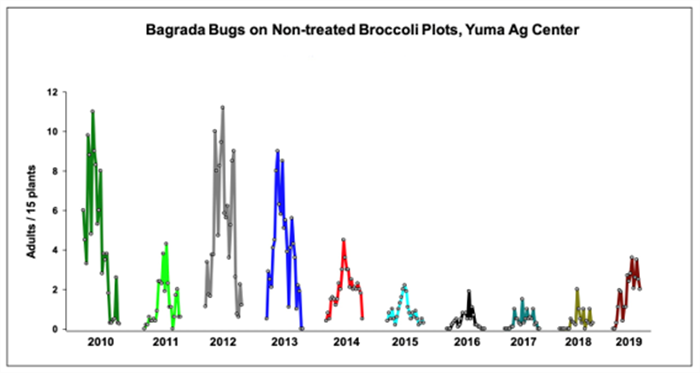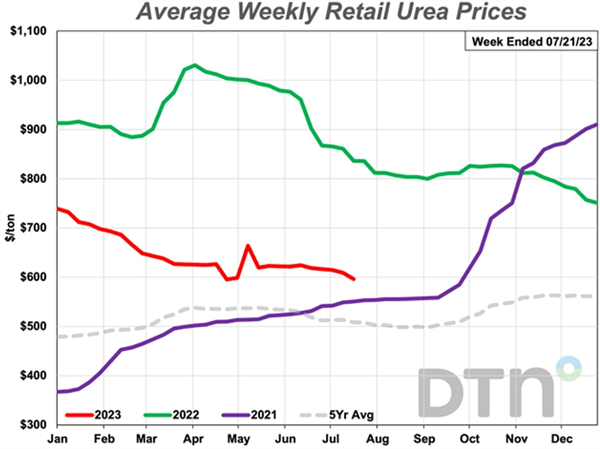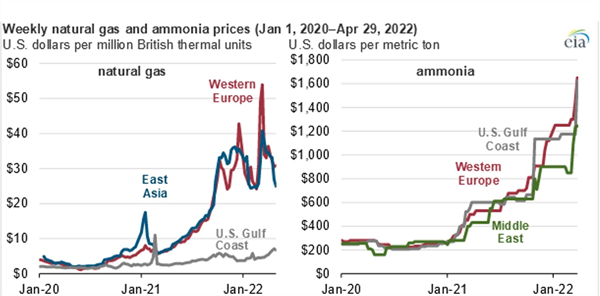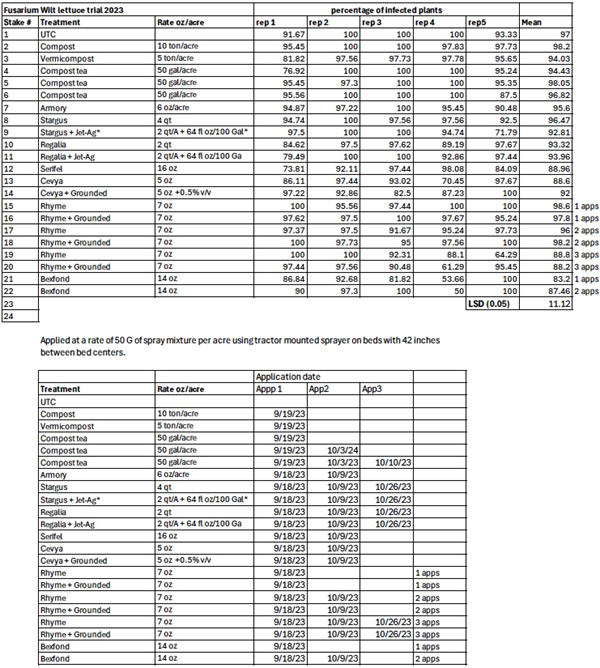-
Jun 10, 2020Ten Years of Bagrada Bug on Desert Cole Crops
It’s hard to believe it’s been 10 years since the bagrada bug, Bagrada hilaris, first invaded the desert. Outbreaks of the invasive pest species occurring in the first few years were quite disruptive, causing significant damage to Cole crops and excessive insecticide spraying. As a new pest, many PCAs and growers struggled to control the pest, but after a few years, populations subsided significantly. I think most would agree that the bagrada pressure has been relatively light the past few years. In fact, recent infestations have been as light as we’ve seen since the bagrada bug first occurred on desert Cole crops. We’re uncertain why populations have declined over the past few years but may in part be a due to aggressive preventative control measures, use of insecticide seed treatments, improved bagrada control in nurseries and greenhouses, and impact of natural enemies (e.g., predators, pathogens) in non-crop landscapes. Slightly higher numbers observed last fall were likely due in part to the wet winter experienced in 2018-19.
To document changes in the severity of bagrada bug infestations on direct-seeded and transplanted cole crops and the intensity of chemical management, we have annually surveyed growers and PCAs from Yuma, Maricopa and Imperial counties since 2010. We recently conducted our annual survey and results show that since 2010 the cole crop industry has experienced widespread bagrada bug infestations throughout the desert from September into November, although recent years have been less intense. Last fall (2019) was one of the lighter years we’ve seen to date, but higher than the previous four seasons. Based on seasonal population abundance studies of adults infesting non-treated broccoli plants at the Yuma Ag Center (see graph below), bagrada bug infestations remain relatively low compared to the first few years following the initial 2010 outbreak.
Estimates of stand losses from bagrada bug infestations at stand establishment in both direct-seeded and transplanted crops have decreased considerably over the past 10 years and remained relatively low during the 2019 fall growing season, although slightly up from last season. Plant injury, defined as plants with multiple heads, forked terminals, and/or blind terminals resulting from bagrada feeding, was also low relative to 2010 for both direct-seeded and transplanted crops. These reported losses are consistent with stand losses and plant injury measured in trials conducted at the Yuma Ag Center over the past ten years. Insecticide usage to control this pest remain down in 2019, where the percentage of acreage treated was comparable to the previous two seasons. Pyrethroids remain the primary product used for controlling bagrada bug adults either via chemigation or with foliar spray applications. Based on survey results, products that have contact activity appeared to provide the most effective control against bagrada adults on both direct-seeded and transplanted cole crops. Results from the survey also showed that over half of direct seeded broccoli was treated with clothianidin (Nipsit®) in 2017, but a significant decrease in the Nipsit® acreage and number of PCAs using the product was reported in 2018. NipsIt® usage was up slightly in 2019, and those who used the product in 2019 reported it was extremely effective in controlling bagrada bug adults. Laboratory bioassays to measure insecticide susceptibility were conducted in 2020 and compared to baseline data collected in 2010. Results showed that the bagrada bug population collected in 2020 remain susceptible to Bifenture, Warrior II, Venom and Lannate. Overall, the results of the PCA survey are consistent with results obtained in research trials conducted at the Yuma Agricultural Center over the past ten years.
A summary of the 2010-2019 survey results can be found in the following report: Ten Years of Bagrada Bug on Desert Cole Crops.

June 10, 2020
Name the insect pestTo contact John Palumbo go to: jpalumbo@ag.Arizona.edu









